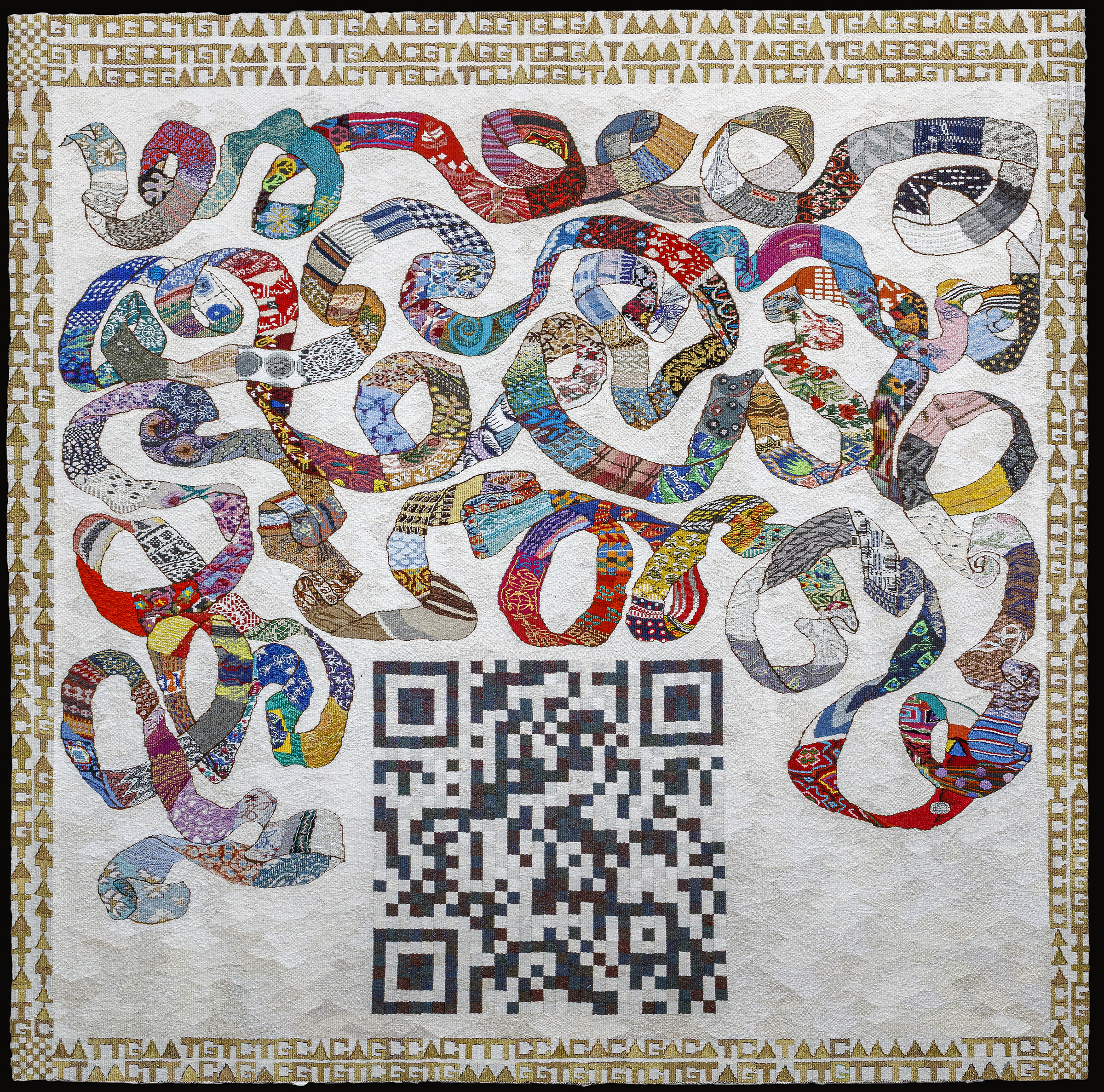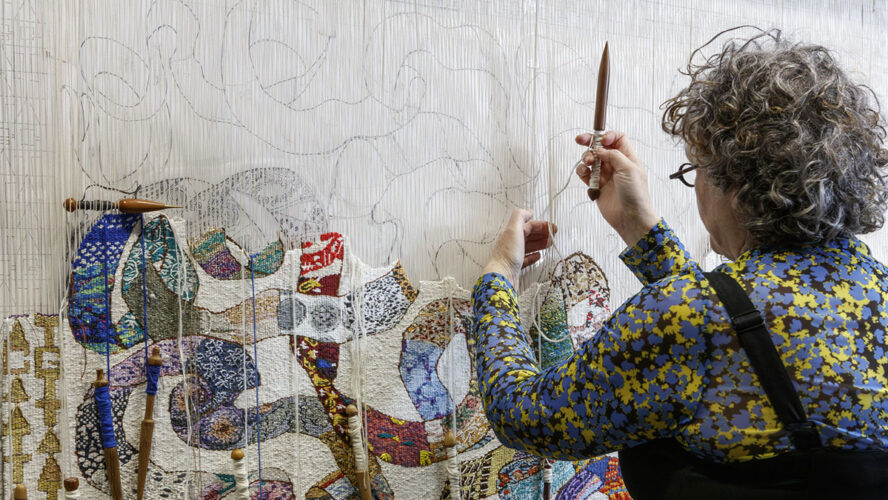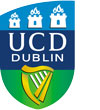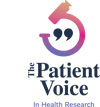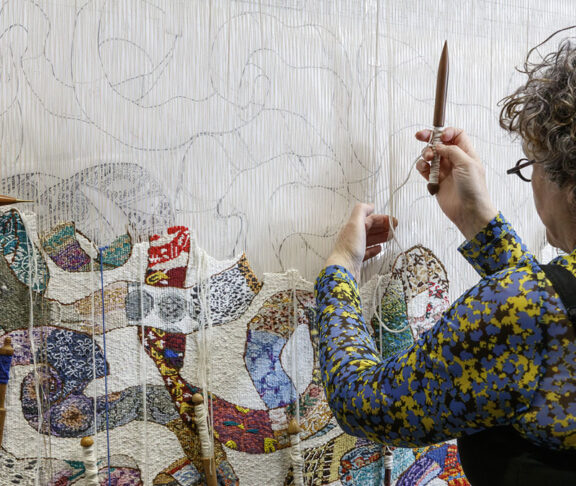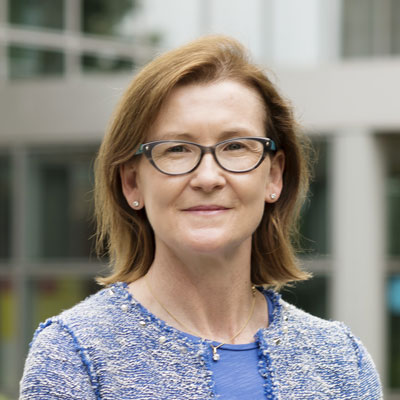
Helen Roche
Director of the UCD Conway Institute and Professor of Nutrigenomics, University College Dublin
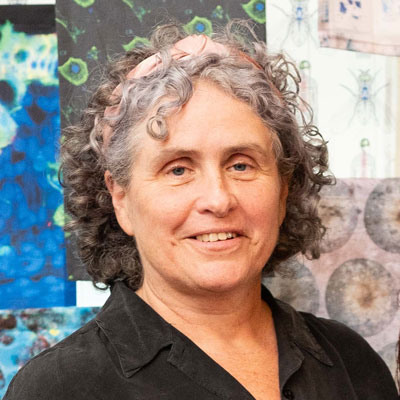
Lorna Donlon
Artist and Tapestry Weaver
A research institute is finding creative ways to start meaningful conversations between scientists and patients that can deepen collaboration and improve health outcomes.
Biomedical research has given the world countless important advances in healthcare and medicine. For instance, the UCD Conway Institute unites 600+ researchers exploring cellular and molecular biology, translating discoveries into diagnostic tools and therapeutics.
Consulting patients and their families
Prof Helen Roche, Director of UCD Conway Institute and Professor of Nutrigenomics at University College Dublin, admits that researchers can sometimes be disconnected from the very people they try to help. “We can tend to work in a bubble,” she says.
“But at the Conway, we aim to change that by consulting and engaging more effectively with patients and their families. Finding out about their lived experience can better inform our work and help translate our research with greater efficiency.”
The Institute launched its Patient Voice in Health Research initiative in 2016, led by Prof Amanda McCann with Elaine Quinn. This brings scientists and patients together to improve the quality of research and positively impact health outcomes.
Minority communities
experience higher rates
of certain diseases.
Bringing together powerful personal stories
However, before collaboration begins, it’s important to build trust between scientists and patients with ‘conversation openers.’ For example, the Conway recently worked with artist and tapestry weaver Lorna Donlon — a UCD graduate with a degree in cell and molecular biology — on a unique public engagement project called Cut From the Same Cloth.
UCD Conway’s researchers met with 164 women from minority communities — including members of the Venezuelan, Ukrainian, African, Bangladeshi, Indian, Pakistani, Kashmiri and Irish Traveller communities — aiming to foster trust and understanding between them.
“Minority communities experience higher rates of certain diseases, but don’t necessarily volunteer to get involved in research programmes because they don’t feel they can contribute,” explains Prof Roche. “Yet, it’s important for us to hear diverse voices.”
Science stitched with humanity
All women were invited to attend meetings with pieces of fabric and cloth that were personally relevant to them. “This was the springboard for them to tell extraordinary, real and emotional stories,” remembers Donlon. “Conway researchers also brought pieces of fabric that were important to them, along with imagery and patterns from their work, such as cancer cells and diabetic kidney cells. There were tears, but there was also a great sense of joy and enormous interest in the research.”
Donlon documented these personal stories and scientific images in an expansive tapestry, which has been exhibited to the public in various venues across Ireland. “The women who took part benefitted from this engagement,” says Prof Roche. “But our researchers did too because they were able to connect with the women.”
